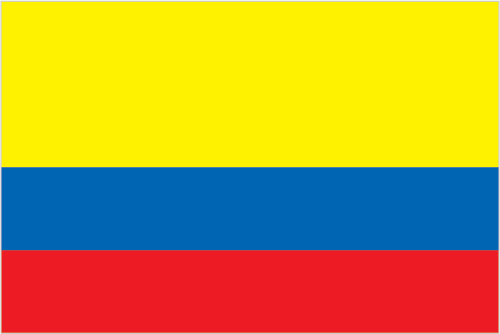
Colombia's consistently sound economic policies and aggressive promotion of free trade agreements in recent years have bolstered its ability to weather external shocks. Real GDP has grown more than 4% per year for the past three years, continuing almost a decade of strong economic performance. All three major ratings agencies have upgraded Colombia's government debt to investment grade. Nevertheless, Colombia depends heavily on energy and mining exports, making it vulnerable to a drop in commodity prices. Colombia is the world's fourth largest coal exporter and Latin America’s fourth largest oil producer. Economic development is stymied by inadequate infrastructure and an uncertain security situation. Moreover, the unemployment rate of 9.7% in 2013 is still one of Latin America's highest. The SANTOS Administration's foreign policy has focused on bolstering Colombia's commercial ties and boosting investment at home. Colombia has signed or is negotiating Free Trade Agreements (FTA) with more than a dozen countries; the US-Colombia FTA went into force on May 2012. Colombia is also a founding member of the Pacific Alliance - a regional grouping formed in 2012 by Chile, Colombia, Mexico, and Peru to promote regional trade and economic integration. In 2013, Colombia began its ascension process to the OECD. The annual level of foreign direct investment - notably in the oil and gas sectors - reached a record high of $16.8 billion in 2013, an increase of 7% over 2012. Inequality, poverty, and narcotrafficking remain significant challenges, and Colombia's infrastructure requires major improvements to sustain economic expansion.
$526.5 billion (2013 est.)
country comparison to the world: 29
$505.2 billion (2012 est.)
$484.9 billion (2011 est.)
$11,100 (2013 est.)
country comparison to the world: 110
$10,800 (2012 est.)
$10,500 (2011 est.)
$11,100 (2013 est.)
country comparison to the world: 110
$10,800 (2012 est.)
$10,500 (2011 est.)
agriculture: 6.6%
industry: 37.8%
services: 55.6% (2013 est.)
32.7% (2012 est.)
2.2% (2013 est.)
country comparison to the world: 84
3.4% (2011 est.)
23.75 million (2013 est.)
country comparison to the world: 28
agriculture: 17%
industry: 21%
services: 62% (2011 est.)
9.7% (2013 est.)
country comparison to the world: 104 10.4% (2012 est.)
textiles, food processing, oil, clothing and footwear, beverages, chemicals, cement; gold, coal, emeralds
2.5% (2013 est.)
country comparison to the world: 117